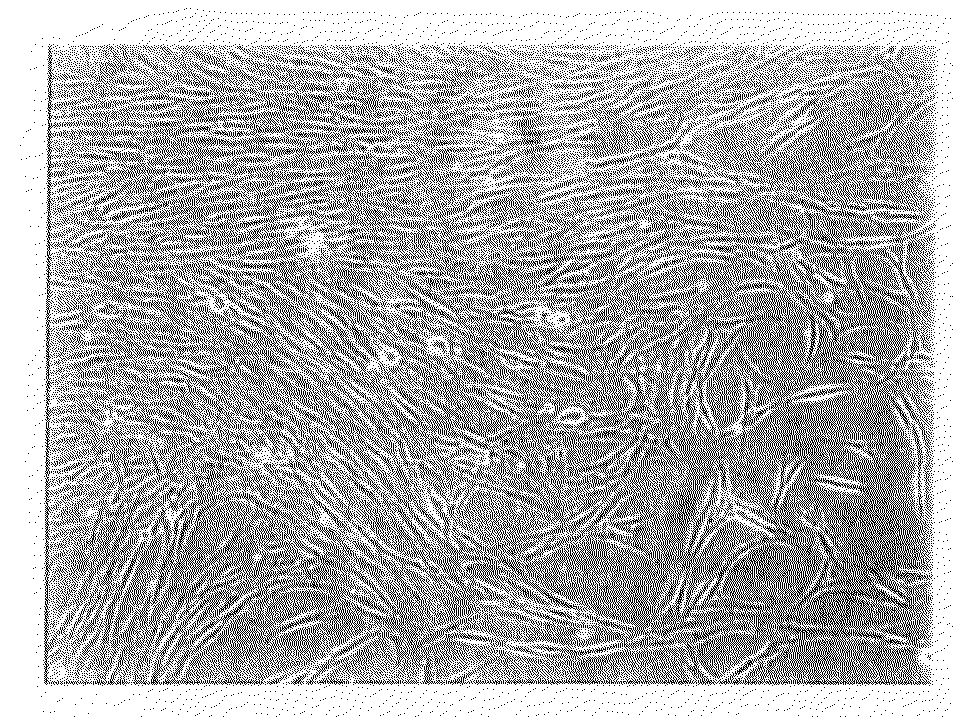Stem cell therapy for the treatment of central nervous system disorders
a central nervous system and stem cell technology, applied in the field of stem cell therapy for the treatment of central nervous system disorders, can solve the problems long-term disability, and severe disability of the arm or leg, and achieve the effects of rapid death of neurons and vascular structures in the supplied region of the brain
- Summary
- Abstract
- Description
- Claims
- Application Information
AI Technical Summary
Benefits of technology
Problems solved by technology
Method used
Image
Examples
example 1
Production of Neural Stem Cells
[0082]1. Donor Characteristic
[0083]The tissue donor of the neural tissue was tested for a variety of pathogens. PGR analysis for infection showed the mother's blood serum tested negative for the following infection markers: HIV-1 and -2; HPLV-I and II; HBV; HCV; CMV; HSV-1 and 2; toxoplasma gondii; mycoplasma; Epstein-Barr virus; ureaplasma; Chlamydia; and treporiema pallidum. Bacteriological tests showed the neural tissue was free of staphylococci, streptococci and neisseria gonorrhoeae.
[0084]2. Preparation of a Primary Cell Suspension of Neural Stem / Progenitor Cells (NSPC)
[0085]Source material for the neural stem cell suspension was the neocortical primordium from the brain of human fetuses at gestation weeks 9-11.
[0086]Initial Treatment of the Material
[0087]2.1. Using a quarantine workstation, either the entire forebrain or its fragments were isolated from the fetus with the use of ophthalmic forceps and the meninges were carefully removed.
[0088]2.2...
example 2
Preparation of Mesenchymal Cells from Human Bone Marrow
[0137]1. Characteristics and Transport of the Donor Material
[0138]The source for the preparation of human MMSC was a bone marrow suspension (BMS) obtained by puncture of the iliac crest.
[0139]After the mandatory clinical, laboratory, and instrumental examinations of the patient (for autotransplantation) were performed, including:
[0140]1. The filling out of the medical history with an attachment of copies of all discharges from the medical history during previous stages of treatment and examination
[0141]2. Complete clinical blood tests
[0142]3. Complete blood biochemistry panel, with determination of renin, aldosterone, and brain natriuretic peptide
[0143]4. Blood group, Rhesus factor
[0144]5. Blood test for HIV and Wasserman test
[0145]6. Blood test for hepatitis B and C markers
[0146]7. Complete immune status
[0147]8. Chest x-ray
[0148]9. Ultrasound of abdominal organs, kidneys
[0149]10. ECG, Halter monitoring
[0150]11. Electrocardiogra...
example 3
Treatment of Isochemic Stroke in Humans
[0223]3.1 Inclusion Criteria
[0224]Patients with a known motor defect (such as heniparesis) following a completed ischemic or hemorrhagic cerebral infarction.
[0225]Neuroanatomical relationship between neurological deficit and imaging defined stroke (cerebral CT scan)
[0226]No substantial change in neurological deficit for two months before enrollment, per medical history.
[0227]Time interval between one and six years from any documented stroke.
[0228]For women of childbearing age, a negative pregnancy test within 2 weeks before cell transplantation and a willingness to practice adequate contraception for one year post implantation of stem cells.
[0229]Ages 18 to 80 of both genders.
[0230]Able to comprehend the investigational nature of the study and provide informed consent.
[0231]Provide initial event (historical medical data) and current imaging studies as well as current neurological assessment as determined by medical staff.
[0232]Willing to compl...
PUM
 Login to View More
Login to View More Abstract
Description
Claims
Application Information
 Login to View More
Login to View More - R&D
- Intellectual Property
- Life Sciences
- Materials
- Tech Scout
- Unparalleled Data Quality
- Higher Quality Content
- 60% Fewer Hallucinations
Browse by: Latest US Patents, China's latest patents, Technical Efficacy Thesaurus, Application Domain, Technology Topic, Popular Technical Reports.
© 2025 PatSnap. All rights reserved.Legal|Privacy policy|Modern Slavery Act Transparency Statement|Sitemap|About US| Contact US: help@patsnap.com



